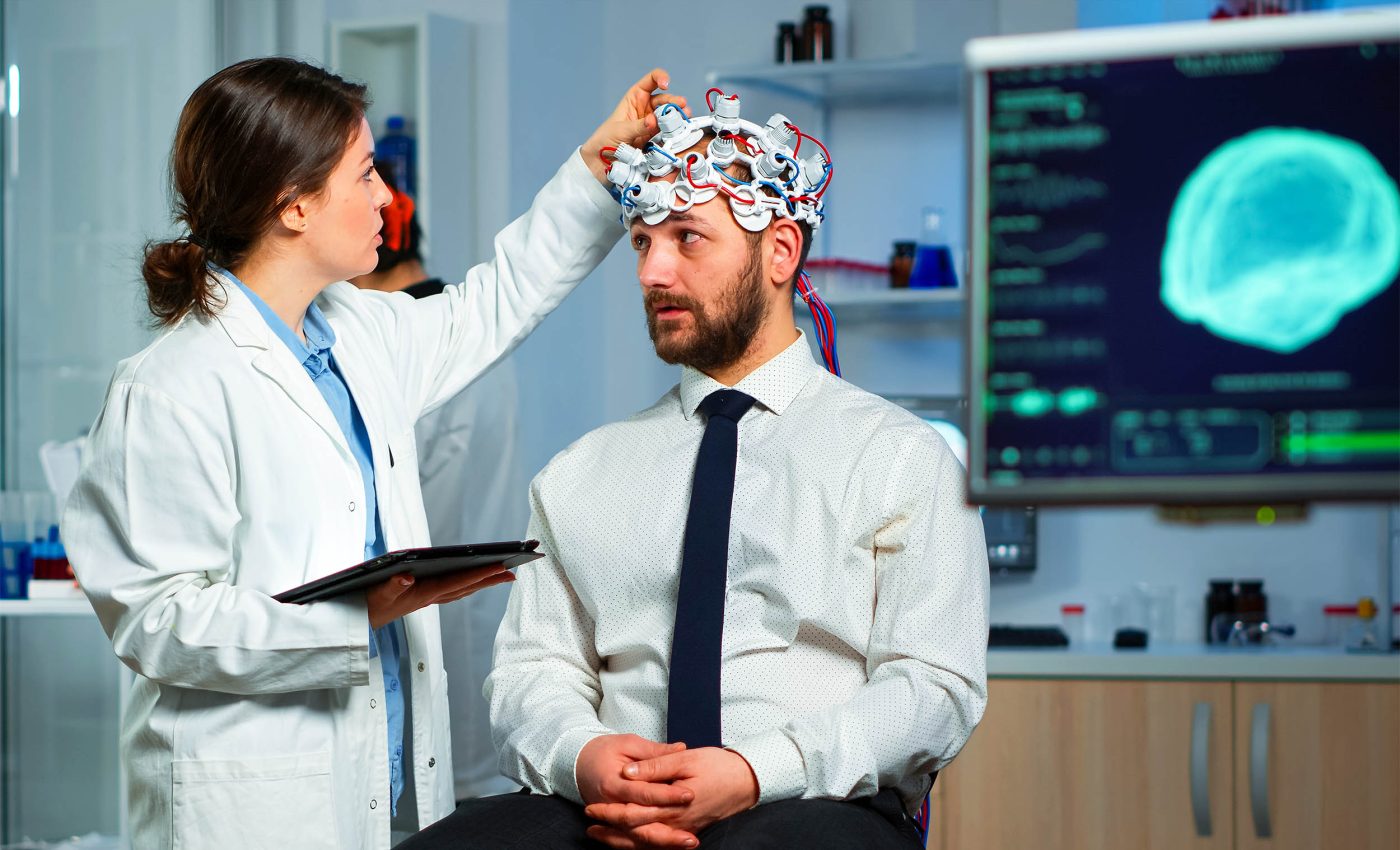
New brainwave test spots Alzheimer's years before symptoms show
Alzheimer’s disease remains one of the most feared conditions of our time. For decades, researchers have searched for ways to detect its early signs before memory loss becomes irreversible.
A team from the University of Bath, working with the University of Bristol, has now shown that a simple brain-wave test could transform this challenge.
The findings reveal that the Fastball EEG test can identify memory impairment linked to Alzheimer’s years before a clinical diagnosis is possible. Unlike traditional tools, it works passively and can even be used in people’s homes.
Fastball memory test
Fastball is a three-minute EEG test that tracks brain activity while participants view a stream of images. It does not require them to follow instructions or recall details, making it more objective than memory tests used today.
The research team demonstrated that Fastball detects memory issues in people with mild cognitive impairment, a condition that often progresses to Alzheimer’s.
Earlier studies in 2021 already suggested Fastball’s sensitivity, but this new work highlights its potential in real-world settings.
Catching Alzheimer’s early
New Alzheimer’s treatments such as donanemab and lecanemab work best in the early stages. Yet in England, one in three people living with dementia lack a formal diagnosis.
This delay prevents timely treatment, reduces access to support, and limits opportunities for clinical research.
Dr. George Stothart from the University of Bath, who led the study, stressed the importance of earlier detection.
“We’re missing the first 10 to 20 years of Alzheimer’s with current diagnostic tools. Fastball offers a way to change that – detecting memory decline far earlier and more objectively, using a quick and passive test,” he said.
Mild impairment, higher risk
Alzheimer’s disease often begins with silent changes in the brain decades before symptoms. mild cognitive impairment, especially the amnestic form, is considered a key transition stage.
Patients with this condition show pronounced memory problems and face a higher risk of developing dementia compared to those with other types of impairment.
Fastball zeroes in on recognition memory. Unlike attention tests or verbal recall, it captures the brain’s unconscious response to familiar images.
The study confirmed that the tool predicts recognition memory performance but not unrelated functions like sustained attention.
From labs to living rooms
The study marks the first time Fastball has been successfully used in homes rather than in clinical labs. This shift could enable wider screening and regular monitoring through low-cost equipment.
Researchers envision the test being applied in GP surgeries, memory clinics, and private households. Its simplicity and portability make it attractive for large-scale adoption.
“There’s an urgent need for accurate, practical tools to diagnose Alzheimer’s at scale. Fastball is cheap, portable, and works in real-world settings,” added Dr. Stothart.
Fastball test is very reliable
Traditional memory tests often face cultural, linguistic, and educational biases. They also require effort and communication, which can be stressful for patients.
Fastball avoids these hurdles by passively recording brain activity. It uses steady-state visual stimulation, a method that produces reliable signals in a short time.
In this study, the test showed good reliability over a year when repeated with healthy older adults.
Importantly, patients who later developed dementia displayed weaker responses at baseline – hinting at its predictive potential.
The Academy of Medical Sciences funded the study, while dementia research charity BRACE provided vital backing. BRACE has long championed the project and sees promise in its next stages.
“Fastball is an incredible tool that could offer anyone who, for whatever reason, cannot access a dementia diagnosis in a clinical setting,” said Chris Williams, CEO of BRACE Dementia Research.
“BRACE has been supporting the development of Fastball for several years, and we are excited to see what Dr. Stothart’s team will achieve over the next few years with ongoing support from the charity.”
Hope for families facing Alzheimer’s
The potential of Fastball lies not only in its science but in its reach. By providing accurate results in minutes without demanding effort from patients, it could reshape the way memory disorders are tracked and treated.
With ongoing support and refinement, this test might open the door to earlier interventions and new hope for families facing Alzheimer’s, while also offering healthcare systems an affordable, scalable approach to improve diagnosis, monitoring, and timely access to emerging treatments.
The study is published in the journal Brain Communications.
—–
Like what you read? Subscribe to our newsletter for engaging articles, exclusive content, and the latest updates.
Check us out on EarthSnap, a free app brought to you by Eric Ralls and Earth.com.
—–













